Catocala palaeogama
kah-TOCK-uh-lahMpay-lee-oh-GAM-muh
Guenee, 1852
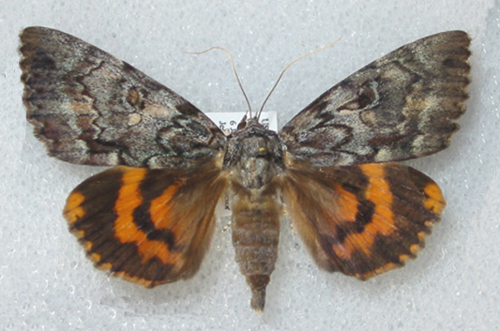
The Old Wife Underwing, courtesy of Jesse Donavan, New Jersey.
This site has been created by
Bill Oehlke at oehlkew@islandtelecom.com
Comments, suggestions and/or additional information are welcomed by Bill.
| TAXONOMY:
Superfamily: Noctuoidea
Family: Noctuidae
Group: Noctuinina
Subfamily: Catocalinae
Genus: Catocala, Schrank, 1802
| |
MIDI MUSIC
"Moon River"
copyright C. Odenkirk
MIDI CITYON.OFF
<bgsound src="moon.mid" LOOP=FOREVER>
|
DISTRIBUTION:
It is also confirmed in
Alabama,
Connecticut,
Delaware,
District of Columbia,
Georgia,
Kansas,
Kentucky,
Maryland,
Massachusetts,
Mississippi,
Missouri,
Nebraska,
New Hampshire,
New York,
North Carolina,
Ohio,
Pennsylvania,
Rhode Island,
South Dakota,
Texas,
Vermont,
Virginia,
West Virginia,
Wisconsin,
Catocala palaeogama,
Connecticut, courtesy of John Himmelman. |
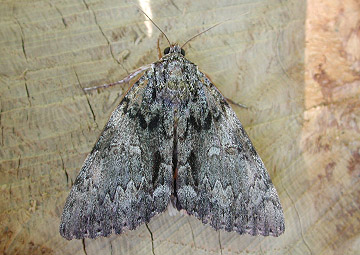 |
annida Fager, 1882, form, has whitish forewings with very dark
reniform spot, subapical spot and inner margin border.
phalanga Grt., 1864, form, has black basal patch and dark subterminal band on relatively light grey forewing.
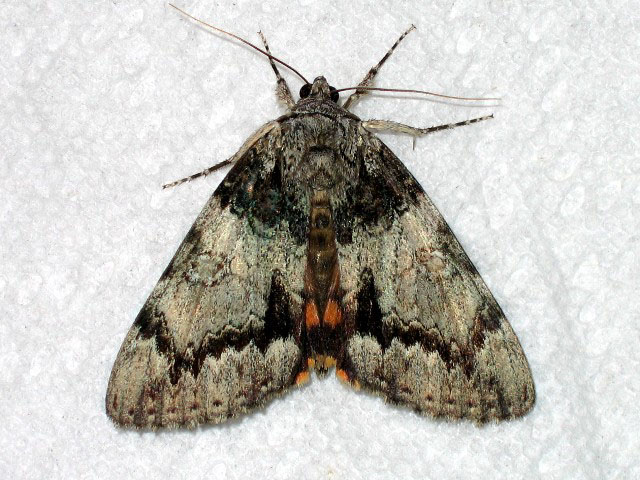
Catocala palaeogama form phalanga, August 30, 2006,
Stillwater Township, Sussex County, New Jersey, courtesy of Joe Garris.
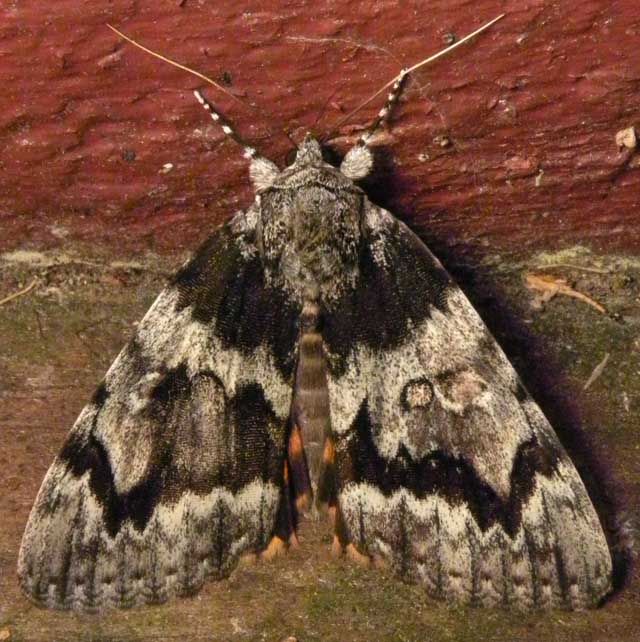
Catocala palaeogama form phalanga, New Salem, Franklin County, Massachusetts,
August 2, 2015, courtersy of Sue Cloutier.
All forms have the characteristic orange, heavily barred fringe to
the apex, and irregular bands on the hindwings. The hw basal median
area is heavily suffused with dark brown to black scales.
There is also a dark bar in the outer half of the median area,
paralleling the inner margin halfway between
the inner margin and the light, closed subreniform spot. The bar is
especially
evident in the phalanga form.

Catocala palaeogama, New Salem, Franklin County, Massachusetts,
September 4, 2012, courtesy of Sue Cloutier.
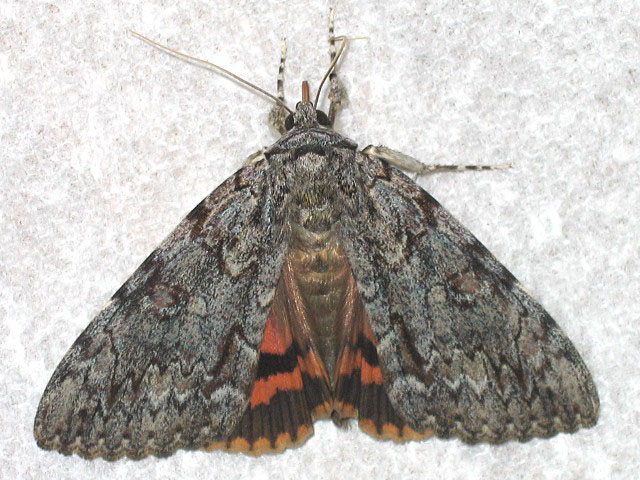
Catocala palaeogama, August 19, 2005,
Stillwater Township, Sussex County, New Jersey, courtesy of
Joe Garris.
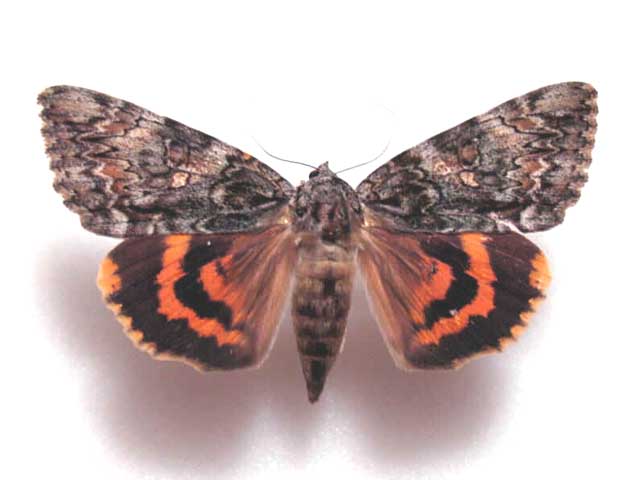
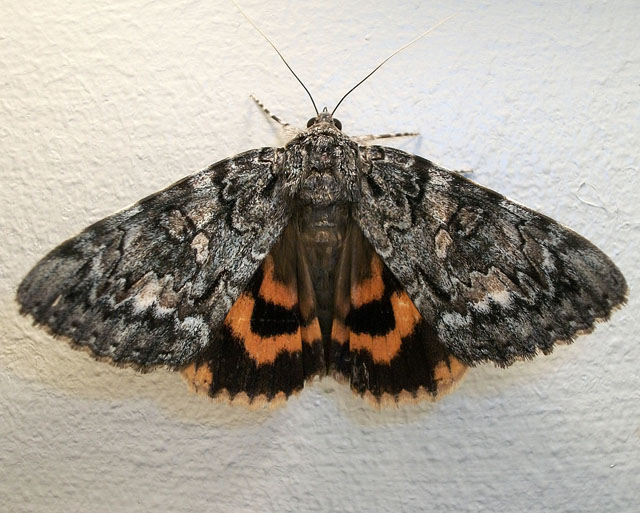
Catocala palaeogama, Pickens County, Georgia, September 15, 2009, courtesy of Aubrey Scott.
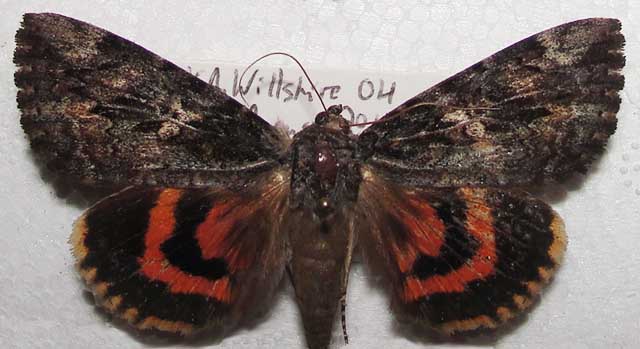
Catocala palaeogama, Willshire, Van Wert County, Ohio,
July 21, 2012, courtesy of Greg Roehm, tentative id by Bill Oehlke.
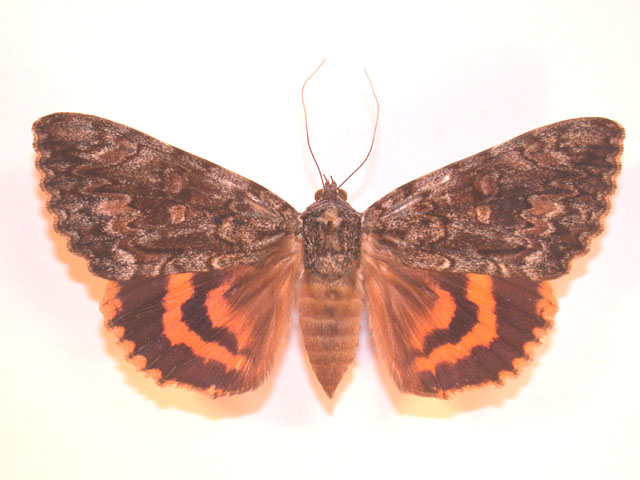
Catocala palaeogama, Quebec, courtesy of Pierre Legault.
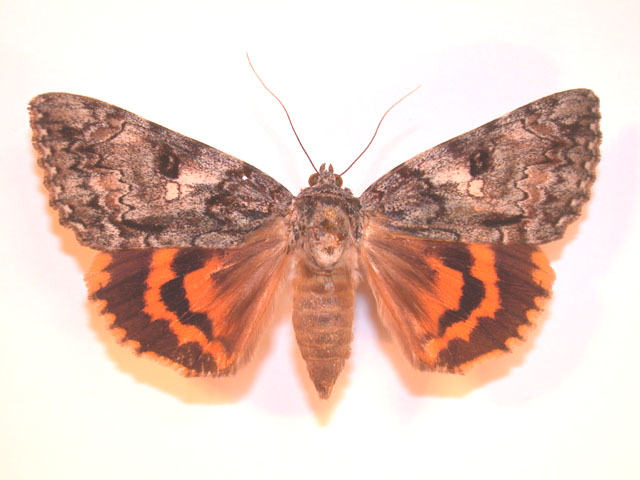
Catocala palaeogama, Quebec, courtesy of Pierre Legault.
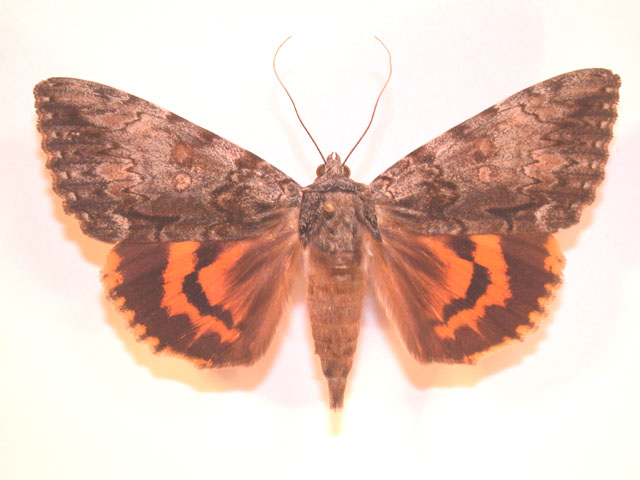
Catocala palaeogama, Quebec, courtesy of Pierre Legault.
Visit Catocala palaeogama, Devonwood, July 30, 2008, Windsor, Ontario,
courtesy of Maurice Bottos. Maurice had suggested I post a labeled diagram of Catocala wing characters to aid with descriptions.
That has been done in the Identification Keys area.
A detailed description relative to that diagram is posted with Maurice's image, linked just above.
Visit Catocala palaeogama, Pickens County, Georgia, August 15, 2009, Aubrey Scott.
Visit Catocala palaeogama, Athol, Worcester County, August 31, 2011, Dave Small.
Many thanks to Shayna Marchese who provides great images (recto and verso) of Catocala
palaeogama from Jersey City, Hudson, County, August 15, 2015.
FLIGHT TIMES AND PREFERRED FOOD PLANTS:
Catocala palaeogama flies as a single
generation with moths on the wing from June to October.
Moths come in to lights readily and also to bait.
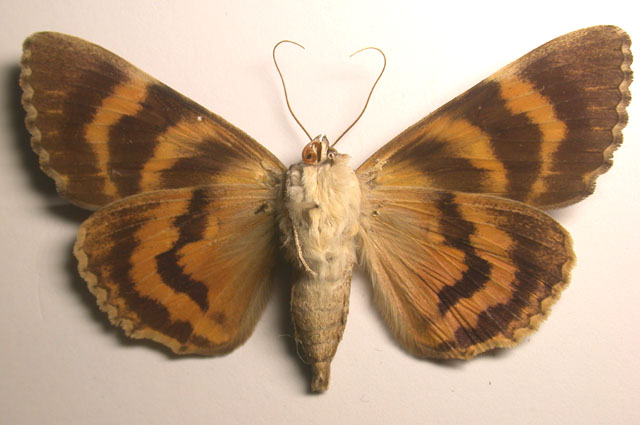
Catocala palaeogama, female underside, Montreal, Quebec,
September 2, 2004, street light, courtesy of Pierre Legault.
The Catocala palaeogama caterpillar show a preference for
hickories and walnuts.
ECLOSION:
Adults eclose from pupae formed under leaf litter.
SCENTING AND MATING:
Catocala palaeogama females
emit an airbourne pheromone and males use their antennae to track the
scent plume.
EGGS, CATERPILLARS, COCOONS AND PUPAE:
Eggs are deposited on bush bark in the fall and hatch the
following spring.
Ron Nelson, teamed with Gabriel Larrabee, sent me the image
below of Catocala palaeogama
eggs from Milwaukee.
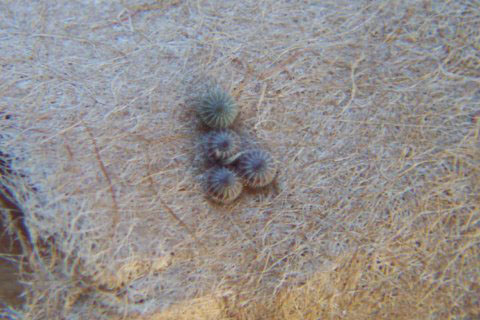
Larval Food Plants
Listed below are primary food plant(s) and alternate food plants.
It is hoped that this alphabetical listing followed by the common
name of the foodplant will prove useful. The list is not exhaustive,
although some species seem very host specific.
Experimenting with closely related foodplants is worthwhile.
Carya alba
Carya glabra
Carya illinoinensis......
Carya laciniosa
Carya ovalis
Carya ovata
Castanea dentata
Juglans nigra
Malus pumila
|
Mockernut/White hickory
Pignut hickory
Pecan
Shellbark hickory
Red hickory
Shagbark hickory
American chestnut
Black walnut
Common Apple
|
Return to Main Index
This page is brought to you by Bill Oehlke and the
WLSS. Pages are on space rented from Bizland. If you would like to become a "Patron of the Sphingidae/Catocala Sites",
contact Bill.
Please send sightings/images to Bill. I will do my best to respond to requests for identification help.
Enjoy one of nature's wonderments: Live Saturniidae (Giant Silkmoth) cocoons.

|

To show appreciation for this site, click on the flashing
butterfly to the left, a link
to many worldwide insect sites. |















